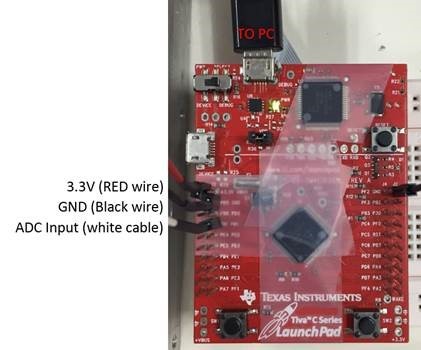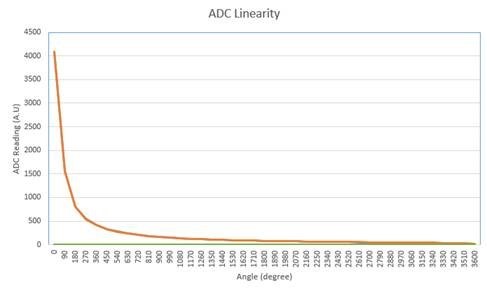Hi TI Folks,
Good day to you.
In my design with TM4C123GH6PM, I met below problem, please advise how to solve the issue?
1. I used GPIO PD1 (AIN6) as ADC input to read potentiometer value (0-3.3V). Everything work well, the potentiometer reading is linear.
2. After I configure another port (GPIO B7) as PWM output (M0PWM1), The ADC reading become non-linear.
3. If I disable the PWM configuration, then everything become normal. Any advice for this?
By the way, I use VisualStudio with tivaware library TivaWare_C_Series-2.1.0.12573. And Same behaviour when I switch to Code composer studio.
Best regards
Jiang WeiJi




